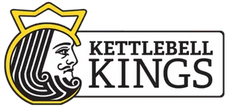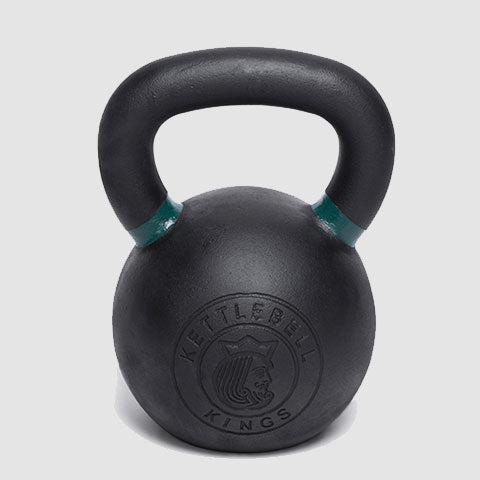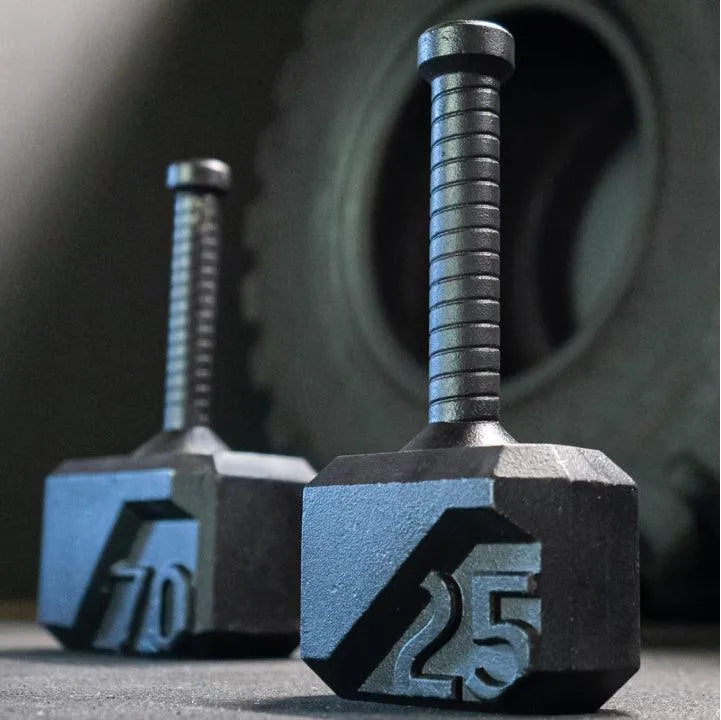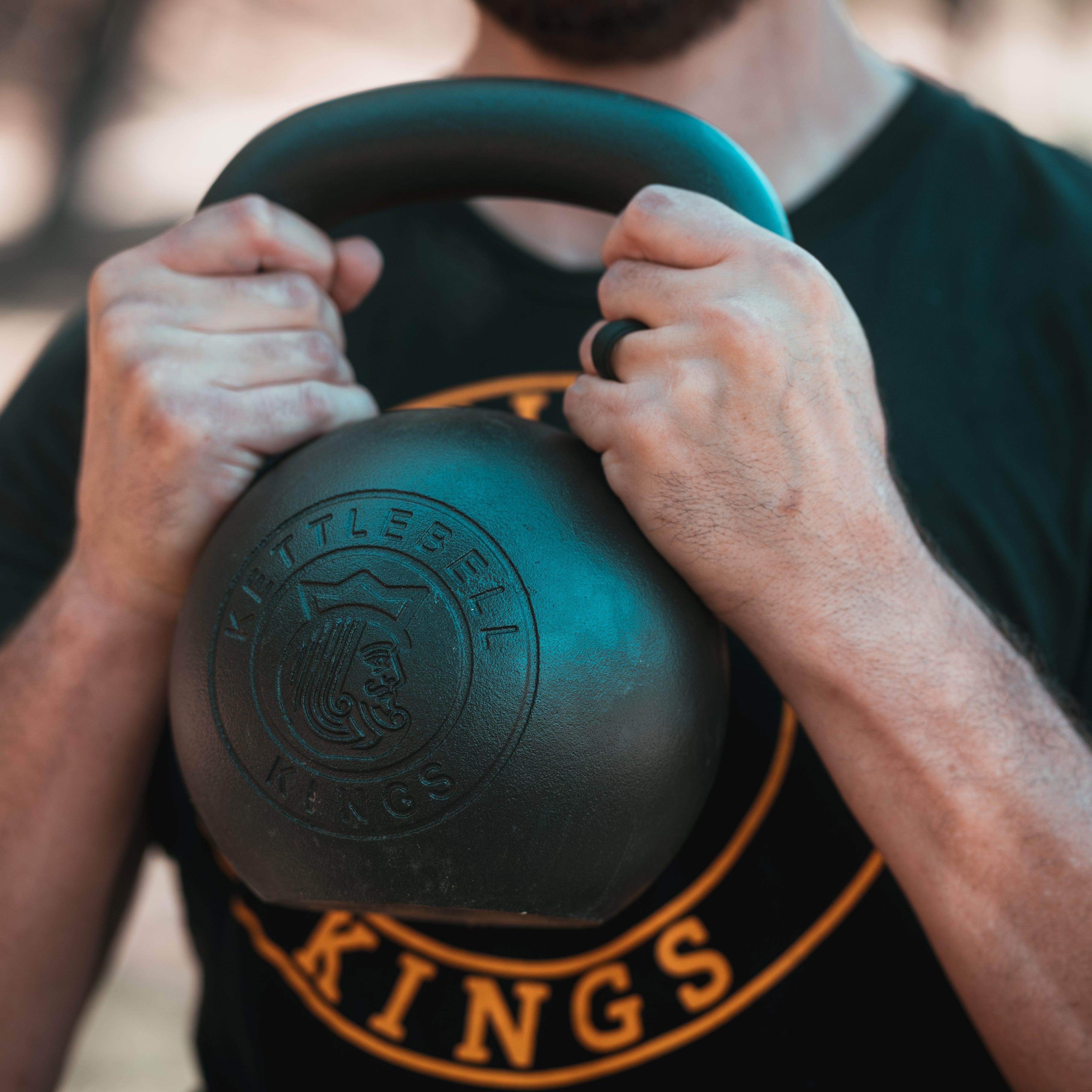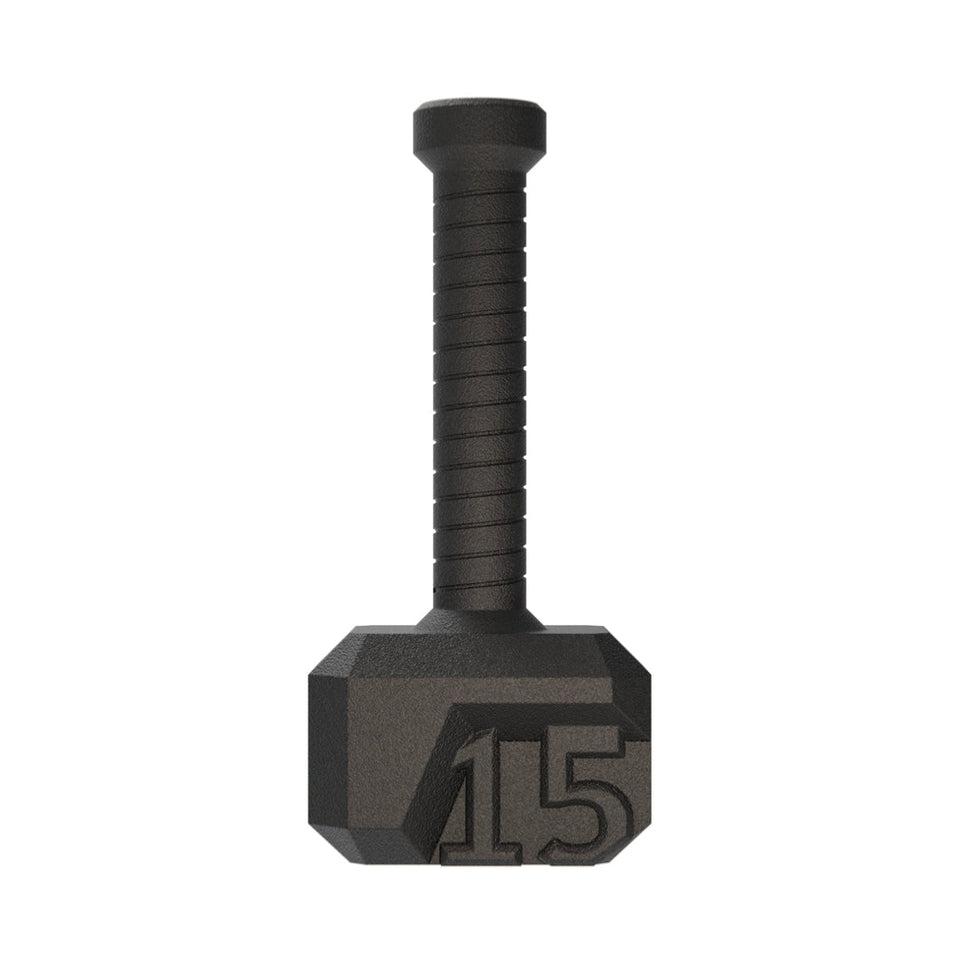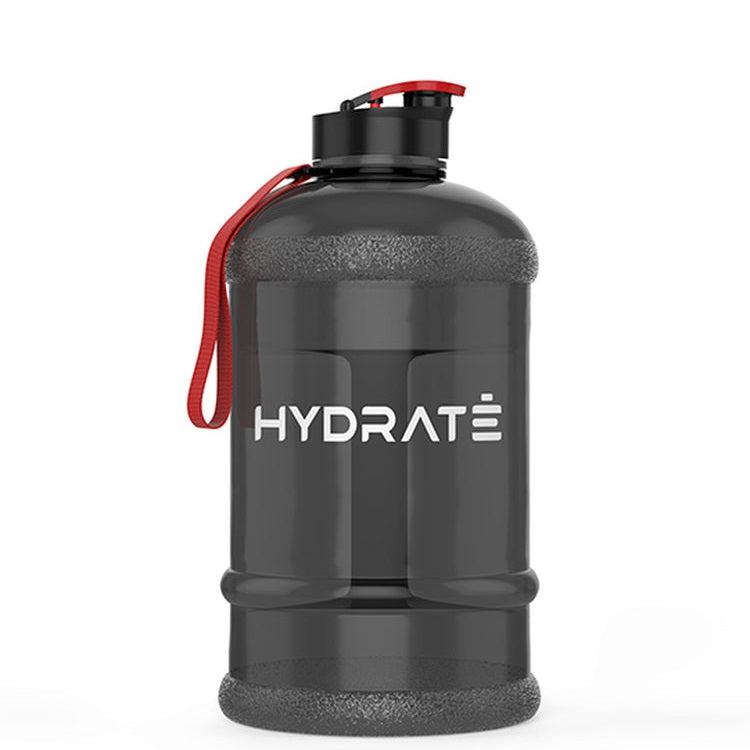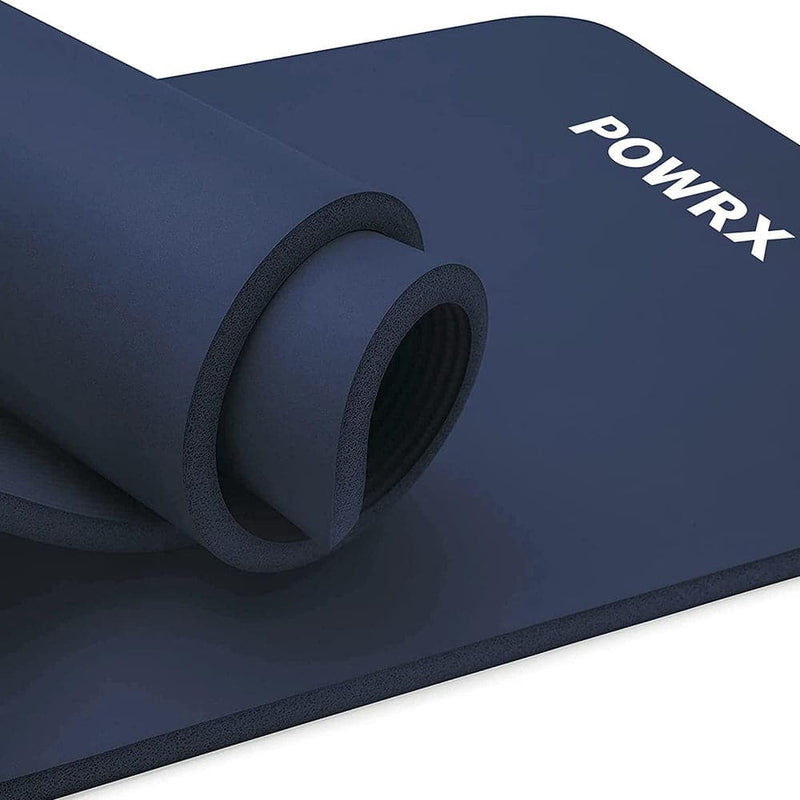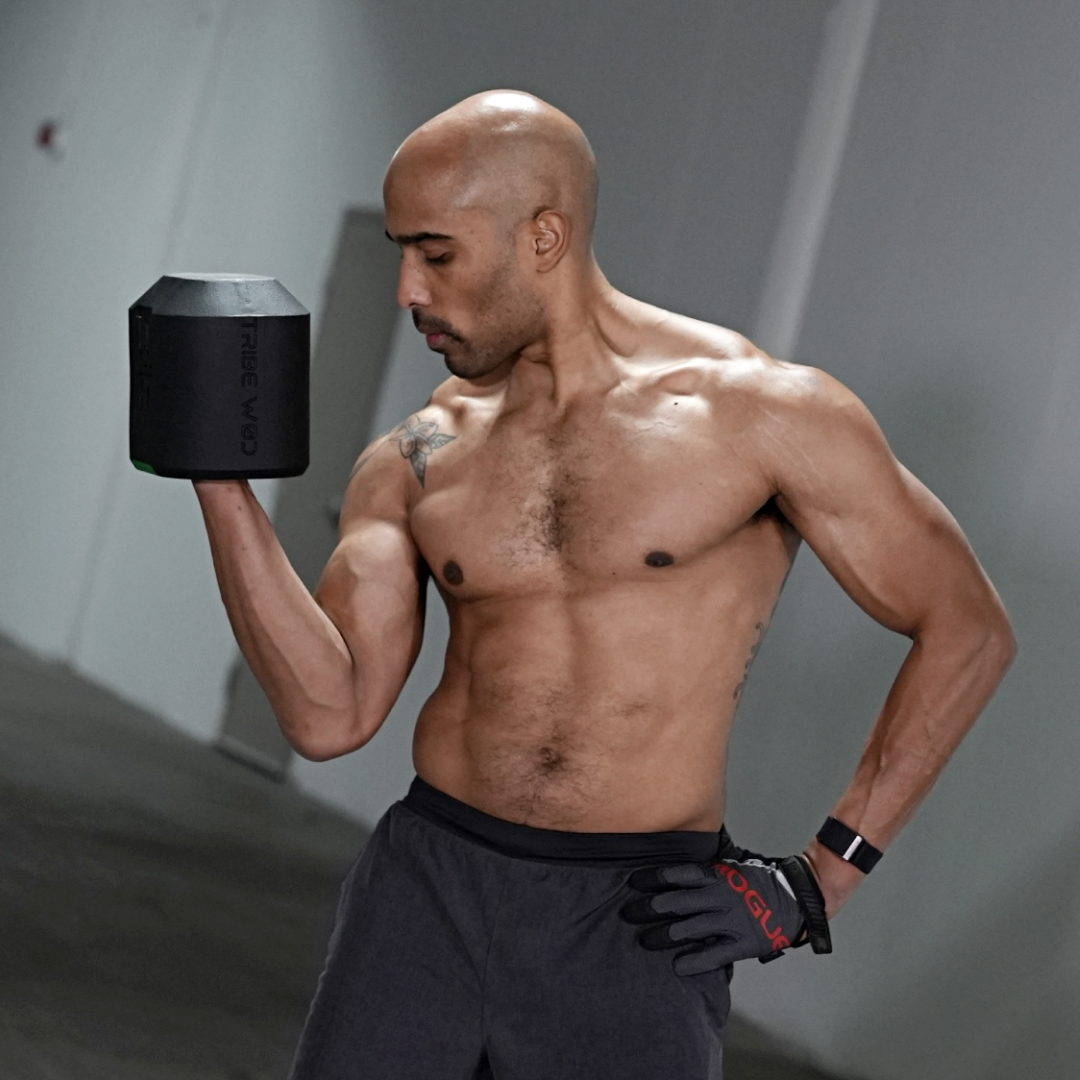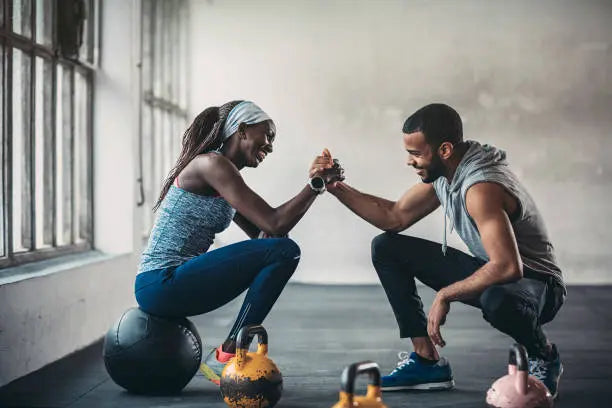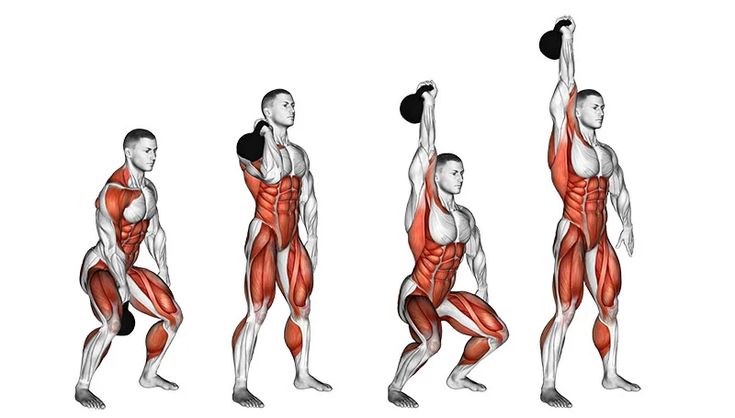The beginning of a new year offers a perfect opportunity for a fresh start. Many of us set resolutions that promise positive change, and a common one is committing to a fitness journey. As a fitness coach, I believe that the new year is an ideal time to take control of your health and start your fitness journey. Whether your goals are to lose weight, build muscle, improve your overall health, or simply feel more energized, now is the time to begin. In this article, I'll walk you through how to start your fitness journey, why you should stick with it, and the immense benefits that await you by the end of the year.
Why You Should Start a Fitness Journey This Year
Starting a fitness journey can feel daunting, especially for beginners. It’s easy to feel overwhelmed by the idea of going from no exercise to a consistent workout routine. However, the rewards are worth it. Fitness is not just about the physical transformation, it’s about gaining confidence, developing resilience, and improving your overall well-being. You may experience better sleep, higher energy levels, improved mood, and even a boost in mental clarity.
As the famous fitness author, Arnold Schwarzenegger, once said, “The last three or four reps is what makes the muscle grow. This area of pain divides the champion from someone who is not a champion.” Fitness is about pushing through the challenges and consistently showing up.

What You Can Achieve by the End of the Year
If you commit to starting your fitness journey, you can expect noticeable changes by the end of the year. Consistent exercise will help you
- Build Strength: Whether through resistance training or bodyweight exercises, you’ll develop muscle strength and endurance that will improve everyday tasks.
- Increase Flexibility and Mobility: Stretching, yoga, and mobility work can make your body more flexible and functional.
- Lose Weight or Gain Muscle: With a proper workout and nutrition plan, you can shed unwanted pounds or build lean muscle mass, depending on your goal.
- Improve Cardiovascular Health: Regular cardio exercise helps reduce your risk of heart disease, improves circulation, and boosts overall cardiovascular fitness.
- Enhance Mental Health: Exercise is known for reducing symptoms of anxiety and depression by boosting endorphins and serotonin levels in the brain.
- Feel More Energized and Confident: Fitness can give you a higher energy level, improve your self-esteem, and make you feel more confident in your body.
Benefits of Starting Your Fitness Journey This Year
- Improved Physical Health: Regular exercise can reduce the risk of chronic diseases such as heart disease, diabetes, and high blood pressure. It strengthens your immune system, improves circulation, and helps regulate your weight.
- Better Mental Health: Exercise is a proven mood booster, reducing symptoms of anxiety and depression by increasing the release of endorphins. It can also help with stress management.
- Increased Confidence and Self-Esteem: As you see your body transform, you’ll likely notice a significant boost in your self-esteem. Achieving fitness goals can empower you and build your confidence.
- Enhanced Quality of Life: With better physical health, mental clarity, and a higher energy level, your overall quality of life improves. You’ll be able to enjoy your daily activities more and feel stronger in all aspects of your life.
How to Start Your Fitness Journey as a Beginner

If you're ready to start your fitness journey, here’s how to take those first steps
1. Set Clear and Realistic Goals
Before diving into your fitness journey, it’s important to have a clear goal. Ask yourself why you want to get fit and what you want to achieve. Setting SMART goals (Specific, Measurable, Achievable, Relevant, and Time-bound) is the best way to stay focused. For example, rather than saying "I want to lose weight," a SMART goal would be: "I will work out three times a week for 30 minutes for the next month and aim to lose 5 pounds."
By setting goals, you have a clear roadmap that helps you stay accountable and motivated throughout the year.
2. Start with Simple, Beginner-Friendly Workouts
Starting with basic, bodyweight exercises is key. As a beginner, don’t worry about lifting heavy weights or performing intense exercises right away. Focus on building a solid foundation. Some beginner-friendly exercises include:
- Bodyweight Squats: Great for building lower body strength and improving mobility.
- Modified Push-ups: A great way to build upper body strength. Start with your knees on the ground and work your way to full push-ups.
- Planks: Excellent for strengthening the core and improving posture.
- Walking or Jogging: A low-impact way to improve cardiovascular fitness.
- Lunges: Effective for balance and building lower body strength.
Tip: Start with 10-15 minutes of exercise per session, 2-3 times per week. Gradually increase the intensity and duration as your fitness improves.
3. Build a Routine and Stay Consistent
Consistency is the key to success. Whether you’re exercising for weight loss, muscle gain, or improved overall health, staying consistent is what will drive results. Create a simple, manageable routine. For beginners, this could include:
- Strength Training: Focus on bodyweight exercises like squats, push-ups, and lunges.
- Cardio: Brisk walking, cycling, or jogging are great options to improve cardiovascular health.
- Flexibility: Incorporate stretching or yoga to improve mobility and prevent injuries.
Sample plan to Follow
Here's a sample weekly workout routine for beginner, intermediate, and advanced levels, based on the structure you provided. The routines incorporate a combination of bodyweight exercises, cardio, and rest, tailored to each fitness level.
Beginner Level
This plan focuses on foundational exercises and moderate cardio to build endurance and strength gradually.
Day 1: Full-Body Workout (Bodyweight Exercises)
- 3 sets of 10-12 reps for each exercise (use a comfortable pace)
- Squats
- Push-ups (modified if needed)
- Glute bridges
- Plank (hold for 20-30 seconds)
- Bird-dog (each side)
- Superman hold (hold for 20-30 seconds)
Day 2: 20-30 Minute Brisk Walk or Light Jog
- Walk at a pace that raises your heart rate slightly, but allows you to maintain a conversation. If you're jogging, start slow and gradually increase the pace.
Day 3: Rest or Stretching
- Focus on stretching key muscle groups, including hamstrings, quadriceps, hip flexors, and shoulders. Use gentle yoga or foam rolling to aid recovery.
Day 4: Full-Body Workout (Different Exercises)
- 3 sets of 10-12 reps for each exercise
- Lunges (bodyweight)
- Incline push-ups (use a bench or wall)
- Step-ups (use a low bench or platform)
- Side plank (hold 20-30 seconds each side)
- Wall sit (hold for 30-45 seconds)
Day 5: Cardio (Swim, Bike, or Brisk Walk)
- 20-30 minutes of swimming, cycling, or a brisk walk. Choose an activity that is low impact but will keep your heart rate elevated.
Day 6 & 7: Rest or Active Recovery
- Active recovery: light walk, easy-paced bike ride, or gentle yoga.
Intermediate Level
This plan incorporates more challenging exercises, increasing intensity, and duration of cardio sessions to build strength and endurance.
Day 1: Full-Body Workout (Bodyweight & Dumbbells)
- 4 sets of 10-12 reps for each exercise
- Goblet squats (using a dumbbell or kettlebell)
- Push-ups (standard or elevated)
- Dumbbell rows (one arm at a time)
- Russian twists (using a light weight)
- Plank (hold for 40-60 seconds)
- Jump squats
Day 2: 30-40 Minute Brisk Walk, Jog, or Cycle
- Choose your preferred cardio, alternating between brisk walking and light jogging or cycling. Aim for moderate intensity where you can still talk but feel your heart rate increase.
Day 3: Rest or Stretching
- Dynamic stretching, foam rolling, or a 20-minute yoga session focused on mobility.
Day 4: Full-Body Workout (Different Exercises)
- 4 sets of 12-15 reps for each exercise
- Walking lunges (with dumbbells)
- Bench press or dumbbell press
- Single-leg deadlifts (bodyweight or with dumbbells)
- Side plank with leg raise (hold for 30 seconds each side)
- Dumbbell shoulder press
- Mountain climbers
Day 5: Cardio (Swim, Bike, or High-Intensity Interval Training - HIIT)
- 30-40 minutes of swimming, cycling, or a 20-minute HIIT session (30 seconds work/30 seconds rest):
- Jump squats
- Burpees
- High knees
- Push-ups
- Jumping jacks
Day 6 & 7: Rest or Active Recovery
- Low-intensity recovery such as walking, yoga, or gentle stretching.
Advanced Level
This plan focuses on more complex movements, higher intensity, and longer cardio durations for maximum strength, endurance, and conditioning.
Day 1: Full-Body Workout (Bodyweight & Weights)
- 4-5 sets of 8-10 reps for each exercise
- Barbell back squat or kettlebell goblet squat
- Pull-ups (or assisted pull-ups if necessary)
- Push-ups (weighted or clapping push-ups for variation)
- Deadlifts (with barbell or kettlebells)
- Kettlebell clean and press (single or double kettlebell)
- Russian twists (weighted)
- Leg raises or hanging leg raises
Day 2: 40-50 Minute Brisk Jog or HIIT (Intensity Increased)
- Jog at a moderate pace or do 30 minutes of high-intensity interval training (HIIT), including exercises like burpees, sprints, jump squats, and mountain climbers.
Day 3: Rest or Stretching
- Full-body stretching routine or yoga (focus on flexibility and mobility). Foam rolling may also be beneficial for recovery.
Day 4: Full-Body Workout (Strength and Power)
- 4-5 sets of 8-10 reps for each exercise
- Barbell deadlift
- Barbell overhead press or kettlebell overhead press
- Bulgarian split squat (weighted)
- Barbell or dumbbell rows
- Kettlebell swings (heavy)
- Thrusters (dumbbell or barbell)
- Core work: hanging leg raises, ab rollouts, or weighted sit-ups
Day 5: Cardio (Longer Endurance or Sprints)
- 45-60 minutes of steady-state cardio (running, cycling, rowing) OR do sprint intervals (30 seconds sprinting, 1-minute walking x 10-15 rounds)
Day 6 & 7: Rest or Active Recovery
- Active recovery such as light cycling, walking, yoga, or swimming to promote recovery and reduce muscle soreness.
Summary of Adjustments:
- Beginners focus on form, consistency, and building a fitness base.
- Intermediate levels introduce weights and higher-intensity exercises while maintaining a balance of cardio and strength training.
- Advanced routines demand greater intensity, heavier weights, and more complex movements, with a focus on improving overall conditioning and strength.
Remember, these plans are customizable, and it’s essential to listen to your body. Feel free to adjust the sets, reps, or rest days based on your personal progress and fitness level!
4. Focus on Proper Form and Technique
Form is paramount when starting a fitness routine. Performing exercises with proper technique will help prevent injuries and ensure that you are targeting the correct muscles. If you’re unsure, seek guidance from a fitness coach or use instructional videos to learn the proper form. Even simple movements like squats or lunges require attention to detail for maximum effectiveness.
Tip: Begin with bodyweight exercises and gradually incorporate resistance as you become more comfortable.
5. Listen to Your Body
Starting out, it’s important to be mindful of your body’s signals. You may experience soreness, which is normal, especially if you’re new to exercise. However, listen to your body—don’t push yourself too hard, especially early on. If you feel pain (not just discomfort), stop and reassess your form.
Tip: It's normal to feel sore after a workout, especially in the beginning. Soreness is a sign that your muscles are adapting, but sharp pain is a warning sign.
6. Gradually Increase Intensity
As you become more comfortable, it’s time to gradually increase the intensity of your workouts. Add more repetitions, sets, or weight to your exercises. This progressive overload will help you avoid plateaus and continue to see progress.
Tip: Aim to increase intensity every 2-3 weeks to keep challenging your body and making progress.
7. Fuel Your Body with Proper Nutrition
Fitness is not just about exercise; nutrition plays a major role. Proper fueling helps your body recover, builds muscle, and provides energy for your workouts. Make sure to include:
- Protein: To repair and build muscle (e.g., chicken, tofu, eggs, beans).
- Carbohydrates: To fuel your workouts (e.g., whole grains, fruits, vegetables).
- Healthy Fats: For hormone regulation and overall health (e.g., nuts, avocado, olive oil).
- Hydration: Drink plenty of water to stay hydrated during your workouts and throughout the day.
Avoid extreme dieting; instead, focus on eating a balanced, sustainable diet that supports your fitness goals.
8. Track Your Progress
Tracking your progress is key to staying motivated. You can track your fitness by noting how much weight you can lift, the number of reps you can do, or how far you can run. Also, take note of your physical changes, such as weight loss, muscle gain, and increased endurance. Celebrating small wins along the way can keep you motivated to continue.
9. Be Patient and Stay Consistent
Consistency and patience are vital for success. Results won’t happen overnight, but if you stay consistent and put in the effort, you’ll see progress over time. Every step forward, no matter how small, is still progress. Fitness is a journey, not a destination, so be proud of each milestone you achieve.
10. Get Support and Stay Accountable
Having support during your fitness journey can make a huge difference. Whether it’s through a workout buddy, a fitness coach, or an online community, accountability can help you stay motivated and on track.
Tip: Share your goals with a friend, join a fitness group, or hire a coach to help keep you accountable throughout the year.
Conclusion
Starting a fitness journey as a beginner is the first step toward transforming your life. While it may seem intimidating at first, taking small, manageable steps and staying consistent will lead to lasting results. By the end of the year, you will have made incredible progress—whether it's shedding pounds, building strength, or simply improving your overall health.
Fitness isn’t about perfection; it’s about progress. Remember, “Success is the sum of small efforts, repeated day in and day out,” as Robert Collier once said. Take the first step today, and your future self will thank you. Happy New Year, and happy fitness journey!
